DIY Spray Foam Insulation For Basements
Do you know you can save a significant amount on energy bills through basement insulation? Hiring a professional is expensive and frightening for homeowners, but you can save many bucks by doing it yourself. As we move forward, you will learn DIY procedures to insulate different parts of your basements and the pros and cons of spray foam insulation.

The Importance of Basement Insulation
Basement insulation is essential and crucial for comfort, just like any other part of your house. An uninsulated or poorly insulated basement causes an uncomfortable temperature throughout the year. During summer, the basement gets very hot, and very cold during winter.
Insulating your basement saves energy consumption by the HVAC system in your home. In other words, insulation reduces the energy consumed by the HVAC system to achieve a stable temperature. Basement insulation saves yearly energy, making it a wise investment choice.
Basements are usually cold and damp because the basement loses heat through the foundation. Adding insulation to your basement reduces heat loss and thermal bridging. Also, insulating your basement and other parts of your home add value to your home. When buying a property, a prospective buyer would opt for a well-insulated home rather than an uninsulated one.
Benefits of Using Spray Foam on Your Basement Insulation

The best insulation for the basement is spray foam insulation because of its numerous advantages over other insulation types. Spray foam insulation offers effective resistance to unnecessary air movement in the basement. The benefits of using spray foam on your basement insulation include the following:
Avoids Air Leakage
Spray foam insulation avoids air leakage in your basement by creating an air-tight seal. The foam acts as an air barrier that seals the holes and air leaks in the basement. This reduces the air transfer between the basement and the surrounding environment.
Reduces Condensation
Condensation occurs in a building when moist air comes in contact with a cooler surface like a basement ceiling, basement floors, or windows. Also, condensation can cause mold growth and slippery floors. Spray foam insulation acts as an air sealant to reduce condensation in the basement.
Provides Monolithic Seal
During harsh weather conditions, spray foam provides a monolithic seal by filling every hole or leak in your basement. This helps trap heat during winter to keep the basement warm and stops heat from heating during summer.
No Mould Growth in Spray Foam
Mold can cause different health problems, like coughing, sneezing, or other allergic reactions. Spray foam is a moisture barrier for basement walls, significantly reducing mold growth.
How to Insulate My Basement?
Now you know that basement insulation helps keep your basement comfortable all year round and improves energy efficiency in your home. This section will discuss DIY procedures for insulating basement walls, basement floor, and basement ceiling insulation. We will discuss how to prepare your basement for insulation and how to insulate different parts of the basement using spray foam insulation.

Preparing Basement For Insulation
Before insulating your basement, you must know the basement walls' condition. There are some steps that you must take to prepare your basement for insulation:
Step 1: Prepare the windows, doors, and opening
Use wood or metal furring to frame your basement's windows, doors, or openings. The frame must be at least 2” wide for attachment purposes.
Step 2: Plan The Electricity in the basement
The next step is to plan how to do the wiring system in the basement. If there is no wiring in the basement, you should use the conduit wiring system.
Step 3: Clean the Mold on the Wall
Dirt and dust cause mold to grow on the wall. Mold growth reduces the efficiency of the adhesive or foam to be sprayed on the wall. To clean the mold, use a masonry cleaner to scrub the walls.
Step 4: Test the Adhesives
The next step after removing mold on the wall, test the effectiveness of the adhesive on the wall. Test the adhesive by applying it to a 2x4 wood stud. Place the board against the wall, with one part resting on the floor to prevent it from sliding down the wall. Also, support the wood in place and leave the adhesive for 24-48 hours to cure.
After curing time has passed, test the strength of the adhesive by trying to pull the board with your hand. The adhesive should be strong enough to hold the test board in place.
Step 5: Fix the water issues
Before covering your basement with insulation, check for water or pipe problems. Ensure to keep the walls dry enough to hold the insulation.
Insulating Basement Walls with Spray Foam

Basement insulation for concrete walls can be done by following these basic steps:
1. Wear protective gear:
Protective gear protects your hands, eyes, and body from the foam in contact with your skin.
2. Frame the wall:
Use 2x4 wall studs to create all around the walls. There should be a space of 2 inches between the studs and walls.
3. Apply spray foam:
Apply the spray foam in the space between the wall studs and the concrete wall.
Spray foam basement walls are less susceptible to mold. According to the residential basement insulation code, areas with termites must have an inspection strip of bare concrete 3’ high close to the top of the basement wall.
The best insulation for basement walls is spray foam insulation. Spray foam insulation for basement walls is cost-effective as the cost of installing it will be paid for by the amount saved on energy bills. Also, installing spray foam insulation can achieve vapor barrier basement walls.
Insulating A Basement Ceiling With Spray Foam
The best insulation for the basement ceiling is spray foam insulation. Spray foam insulation offers the highest R-value of all the basement insulation options. Basement insulation for ceilings can be done by following these basic steps:
1. Wear protective gear:
Get protective gear to protect your eyes, hands, and nose.
2. Seal around the rim joists:
To prevent moisture from seeping through, it is important to seal the rim joists before you start insulating.
3. Insulate the rim joists:
Now apply spray foam to the rim joists.
4. Insulate between the rim joists:
After insulating the rim joists, the next step is to insulate between the rim joists.
Basement ceiling insulation is another effective way to conserve energy consumption in your home. Another benefit of using spray foam insulation for ceiling insulation is that it helps you achieve a soundproof basement ceiling.
Insulating a Basement Floor with Spray Foam
Basement insulation for ceilings can be done by following these steps:
1. Wear protective gear:
Get protective gear to protect your eyes, hands, and nose.
2. Check for Moisture:
Before insulating the floor, check for moisture in the basement.
3. Install a sub-floor:
After checking for moisture, install a sub-floor frame to make room for insulation.
4. Apply Insulation:
The last step is to apply insulation between the subfloor and the concrete floor.
Basement floor insulation helps keep the floor of the basement warm and moderate
Spray Foam Insulation Basement: Pros And Cons
Spray foam insulation is important in your basement and other parts of your home, but it has its own drawbacks. This section will highlight the pros and cons of installing spray foam insulation.
Pros of Spray foam Insulation Basement
- Spray foam Insulation basement avoids air leakage. It prevents air loss in the basement, thereby reducing energy consumption.
- Spray foam insulation reduces condensation and eliminates indoor dampness.
- Spray foam insulation provides a monolithic seal by reducing heat transfer between the basement and the other parts of the house.
- Spray foam insulation reduces the growth of mold.
Cons of Spray foam Insulation Basement
- Spray foam insulation is expensive to install.
- Spray foam can lead to more problems in the future if it is not properly installed.
FAQs About Basement Insulation
What Is A Good R-Value For Basement Insulation?
A good basement Insulation R-value should be between R11 to R15 per inch. R-value stands for resistance value, and the right R-value for your basement depends on your location and climate.
How Much Does it Cost to Spray Foam a Basement in 2026?
The average cost to spray foam basements in 2026 is between $4000 and $8000. Nevertheless, it would cost less to DIY as the cost of getting an expert will be saved.
Open Cell Vs. Closed Cell Spray Foam Insulation For The Basement?
Closed-cell spray foam insulation does a better job of insulating the basement. Closed-cell spray foam insulation offers a higher R-value than open-cell spray foam insulation. Closed-cell spray foam is denser than open-cell spray foam, and they expand more.
What Is The Code For Basement Insulation?
The code for basement insulation varies from city, region, and state according to International residential codes (IRC). The IRC created a basement insulation code to serve as a general guideline for basement insulation.
What Is The Best Basement Insulation?
The best basement insulation is spray foam insulation. Spray foam insulation is the most effective of all the insulation types. It can be used for both new and existing basement walls. Spray foam insulation is durable and can last up to a lifetime when done properly.
Conclusion
Spray foam is all you need for your basement wall insulation, garage insulation, garage door insulation, and wall insulation. Spray foam insulation offers a very high R-value and keeps the basement airtight. The cost of installing spray foam insulation can be high, but the benefits of spray foam insulation outweigh the cost in the long run.
Author : Krakenbond Team




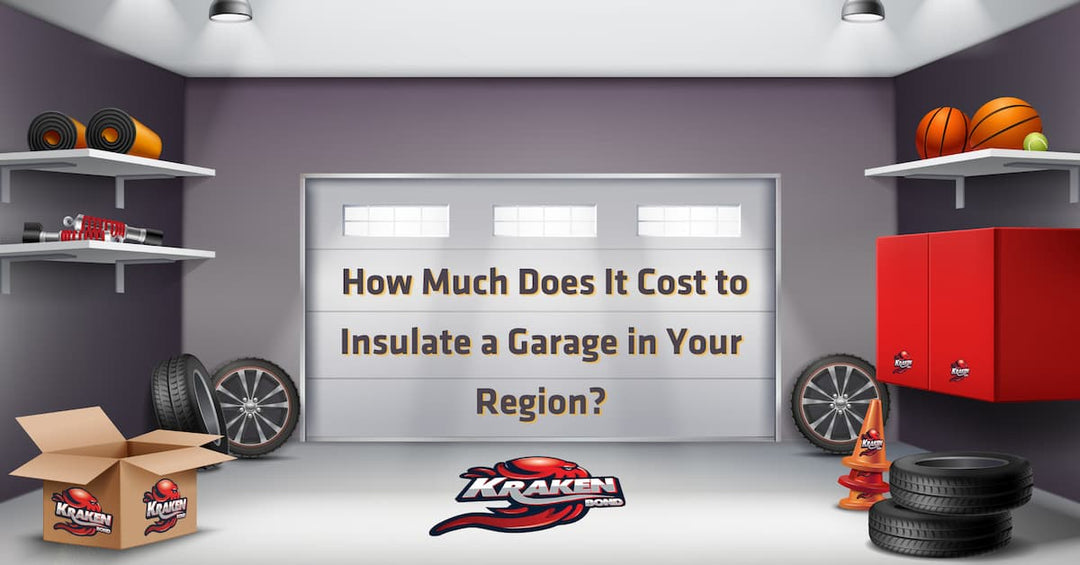
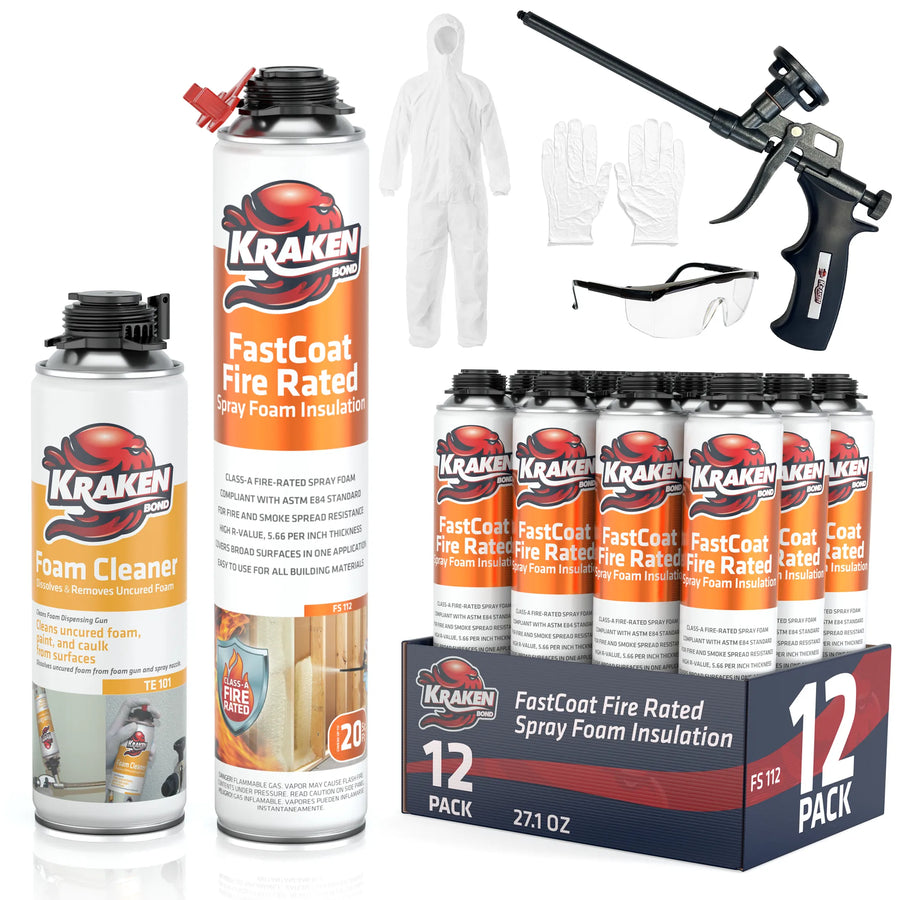








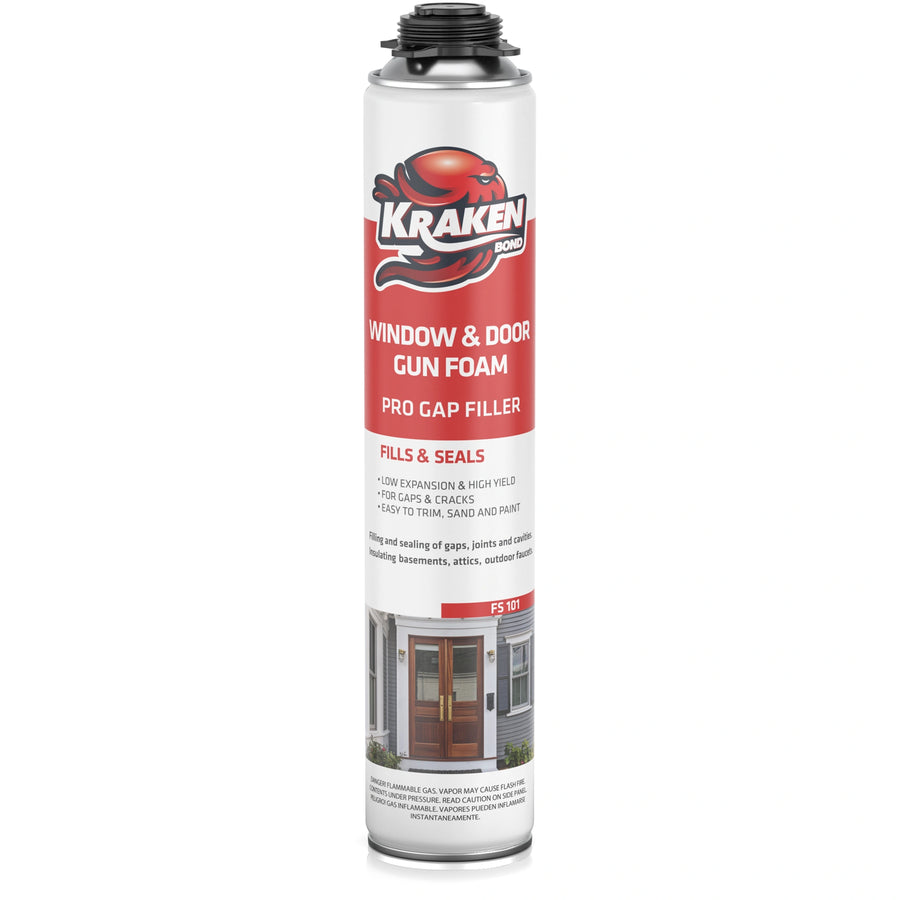
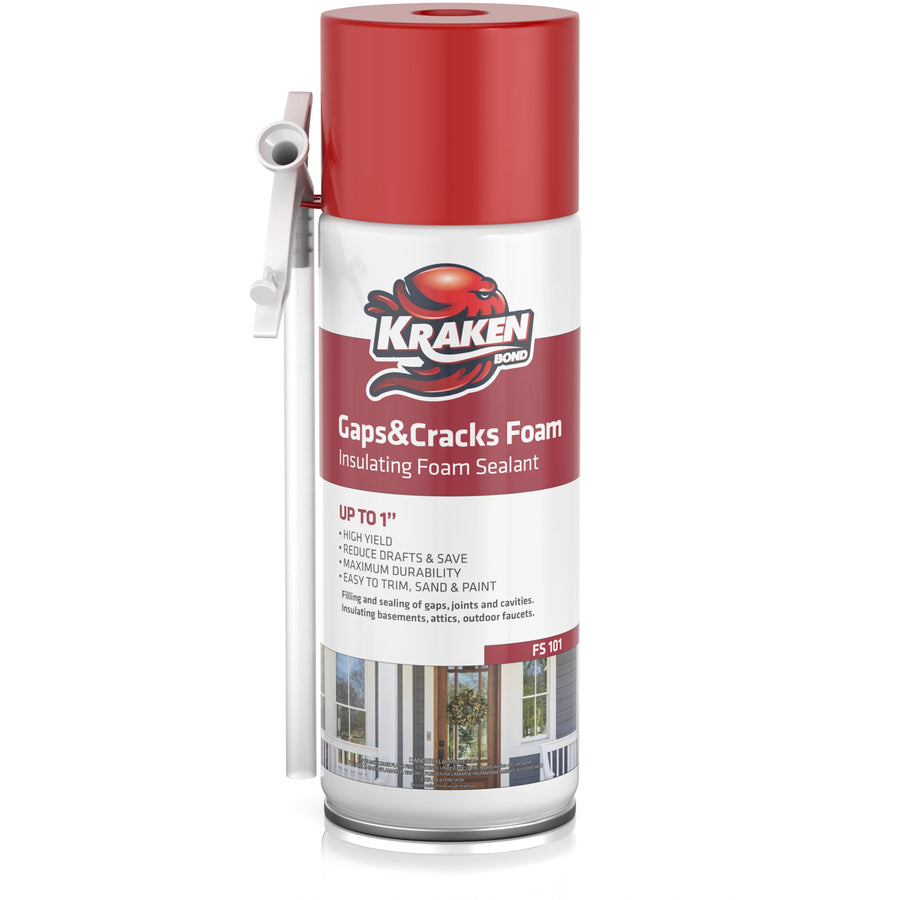
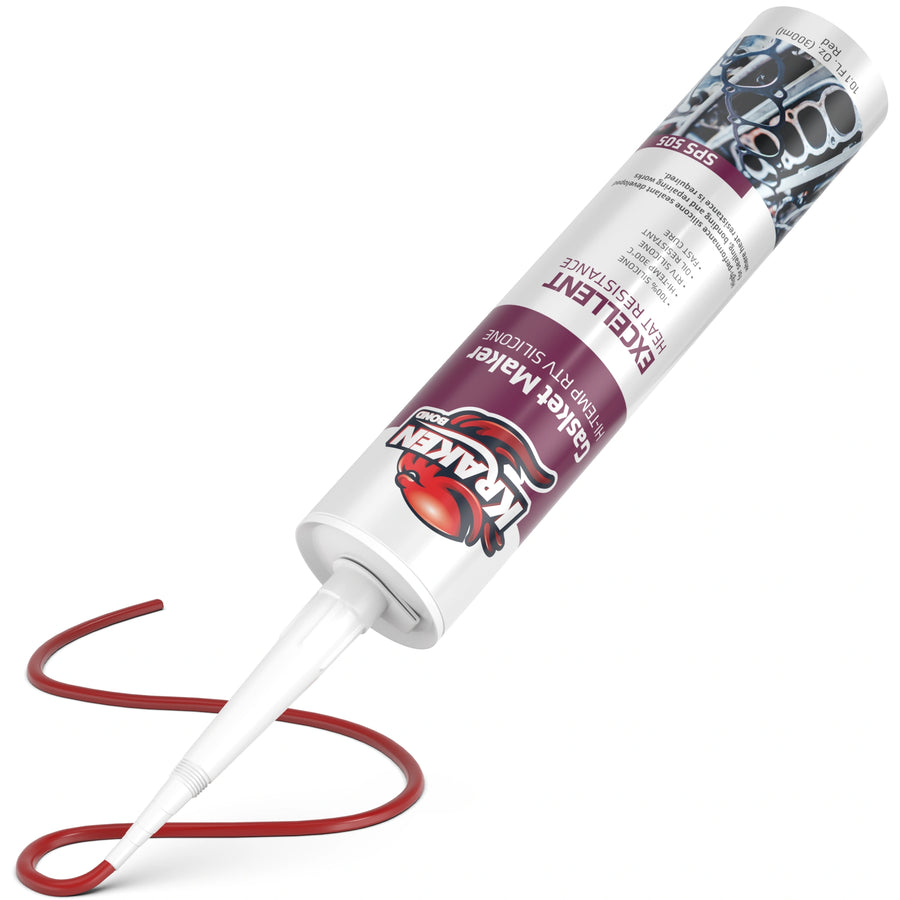
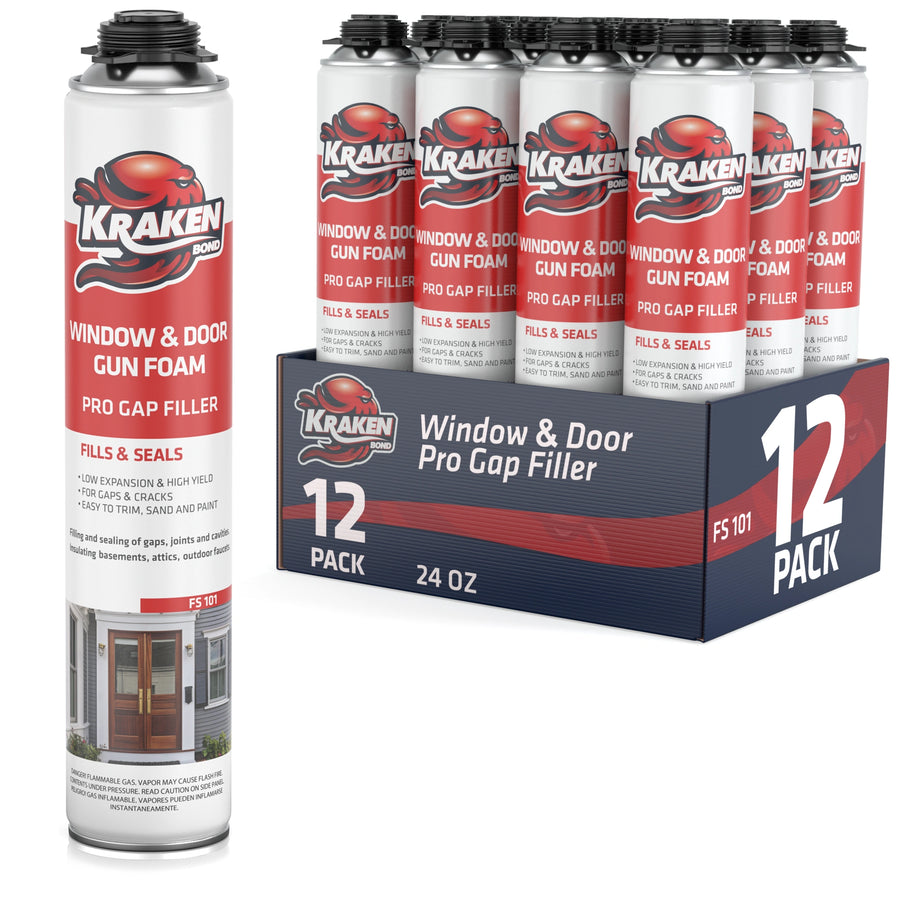
Leave a comment